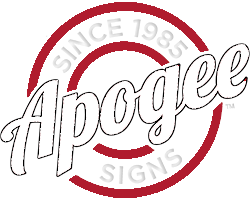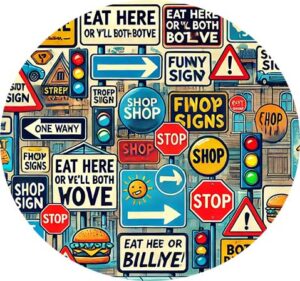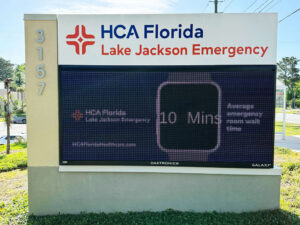
Unlocking the Potential of Your Building’s Identity with Architectural Signs
Curious about architectural signage and how it can elevate your building? Look no further! We’ve compiled a list of the most frequently asked questions to shed light on this exciting design element. Dive in to learn more about materials, permitting, and achieving the perfect balance between aesthetics and functionality for your architectural signage.
Thinking about incorporating a stunning entryway sign or a tasteful identification element for your new office building? Architectural signage is the answer! These signs are designed to seamlessly integrate with the overall aesthetic of your structure, becoming an extension of your brand identity. However, with so many options available, navigating the world of architectural signage can seem daunting. Whether you’re wondering about material selection or the permitting process, this FAQ is here to guide you. Let’s explore the most commonly asked questions and empower you to create a sign that reflects your vision.
What is architectural signage?
Architectural signage refers to signs that are integrated into the architecture and design of a building or space, providing information or wayfinding in a visually appealing and cohesive manner.
What are the benefits of architectural signage?
Architectural signage can enhance the aesthetic appeal of a building, improve wayfinding and navigation, promote brand recognition, and provide essential information to visitors.
What are some common types of architectural signage?
Some common types of architectural signage include exterior building signs, wayfinding signs, directional signs, ADA-compliant signs, and digital signage.
What materials are commonly used for architectural signage?
Common materials for architectural signage include metal, wood, acrylic, glass, and stone.
What factors should be considered when designing architectural signage
Factors to consider when designing architectural signage include visibility, readability, location, brand identity, and compliance with ADA regulations.
How can architectural signage be used to promote branding?
Architectural signage can feature a company’s logo, colors, and messaging, helping to reinforce brand recognition and identity.
How important is accessibility in architectural signage? A
Accessibility is essential in architectural signage, as it ensures that people with disabilities can navigate buildings and spaces safely and effectively.
What is the process for creating custom architectural signage?
The process for creating custom architectural signage typically involves an initial consultation, design concepts, fabrication, installation, and ongoing maintenance.
How can digital signage be incorporated into architectural design?
Digital signage can be incorporated into architectural design by using LED displays, interactive touch screens, or projection mapping to provide dynamic and engaging content.
What are some best practices for maintaining architectural signage?
Best practices for maintaining architectural signage include regular cleaning, inspection for damage or wear, and replacement of any damaged or outdated signs.
Navigating the World of Architectural Signage
Delve deeper into the world of architectural signage with the following frequently asked questions:
- What are the different types of architectural signage?
- How do I choose the right materials for my architectural signage?
- What are the considerations for designing effective architectural signage?
- Do I need a permit for my architectural signage?
- How can I ensure my architectural signage complements local regulations?
- How much does architectural signage cost?
- How can I care for and maintain my architectural signage?
This FAQ is just the beginning! We encourage you to contact us for a free consultation to discuss your specific needs and create a customized architectural signage solution that makes a lasting impression. For a more comprehensive exploration of architectural signage options and expert advice, visit our Architectural Signage page






